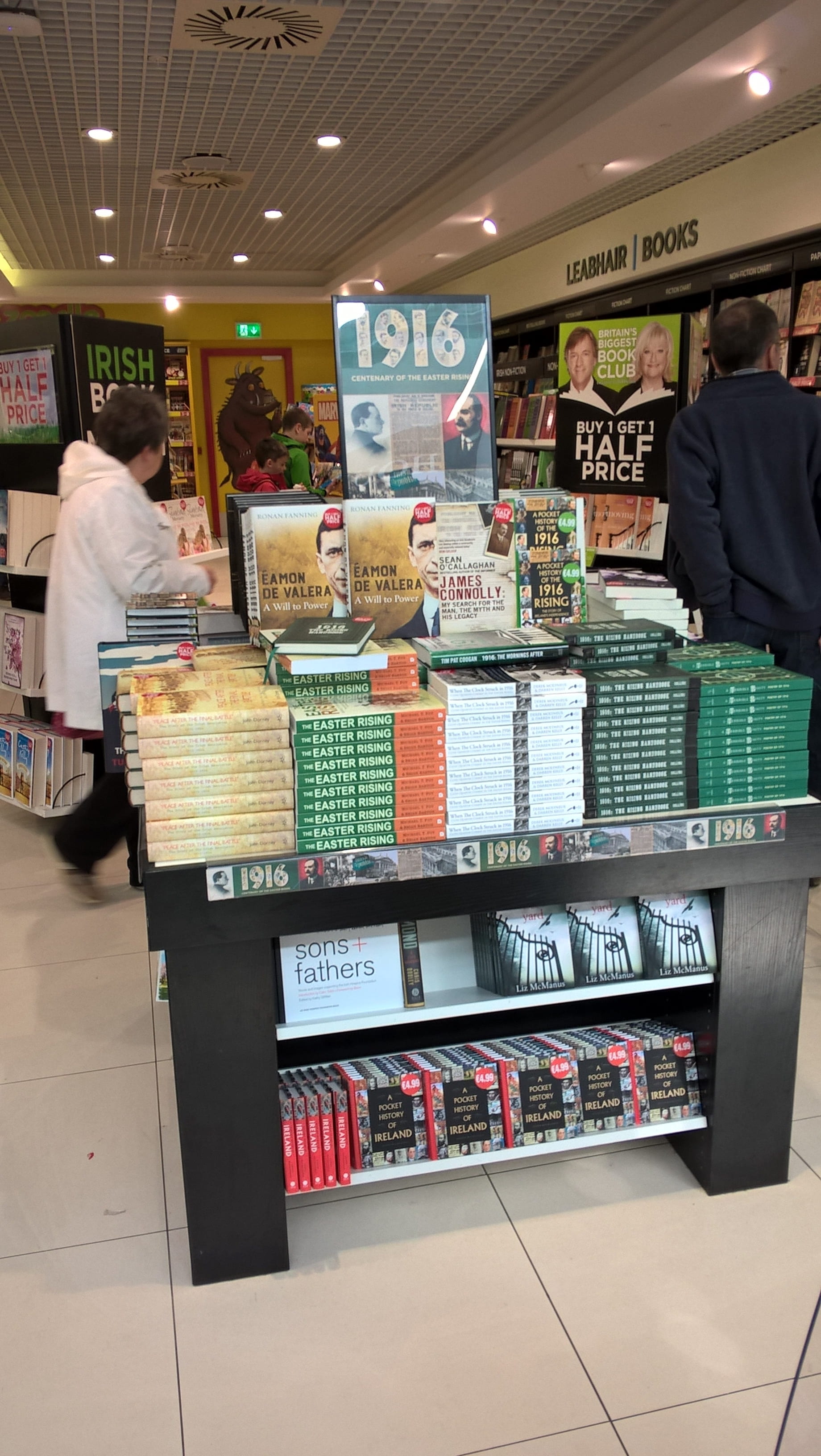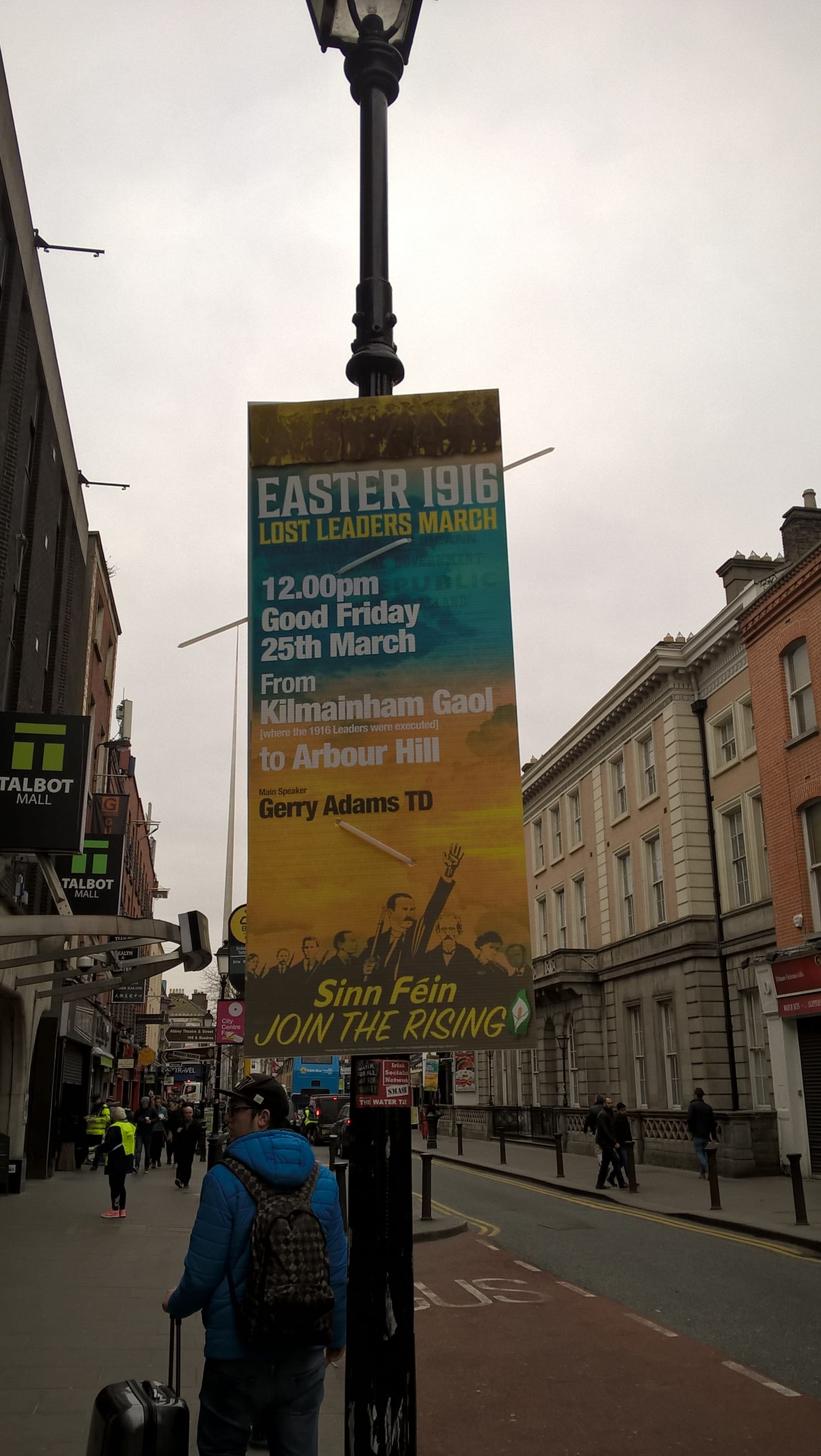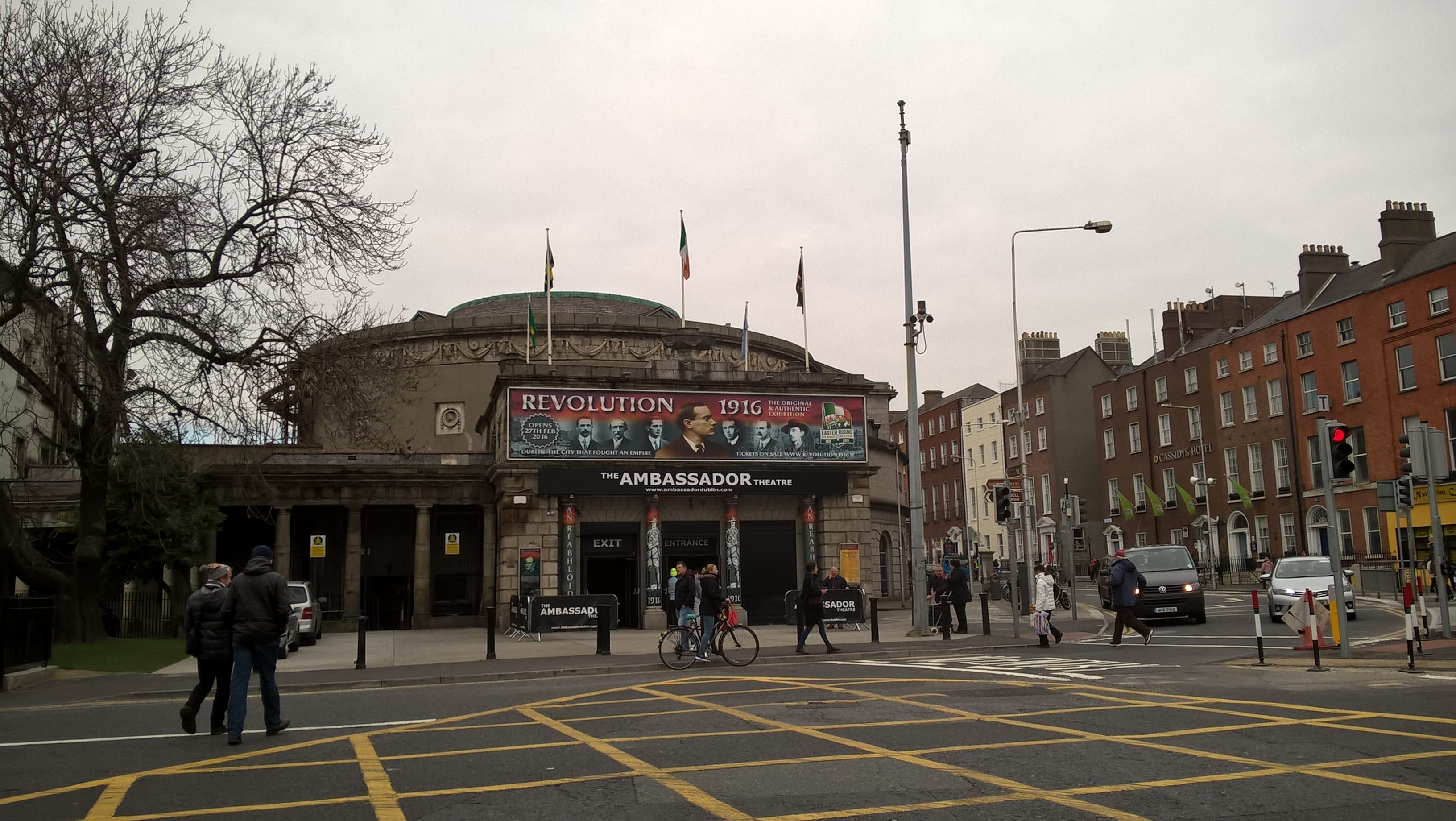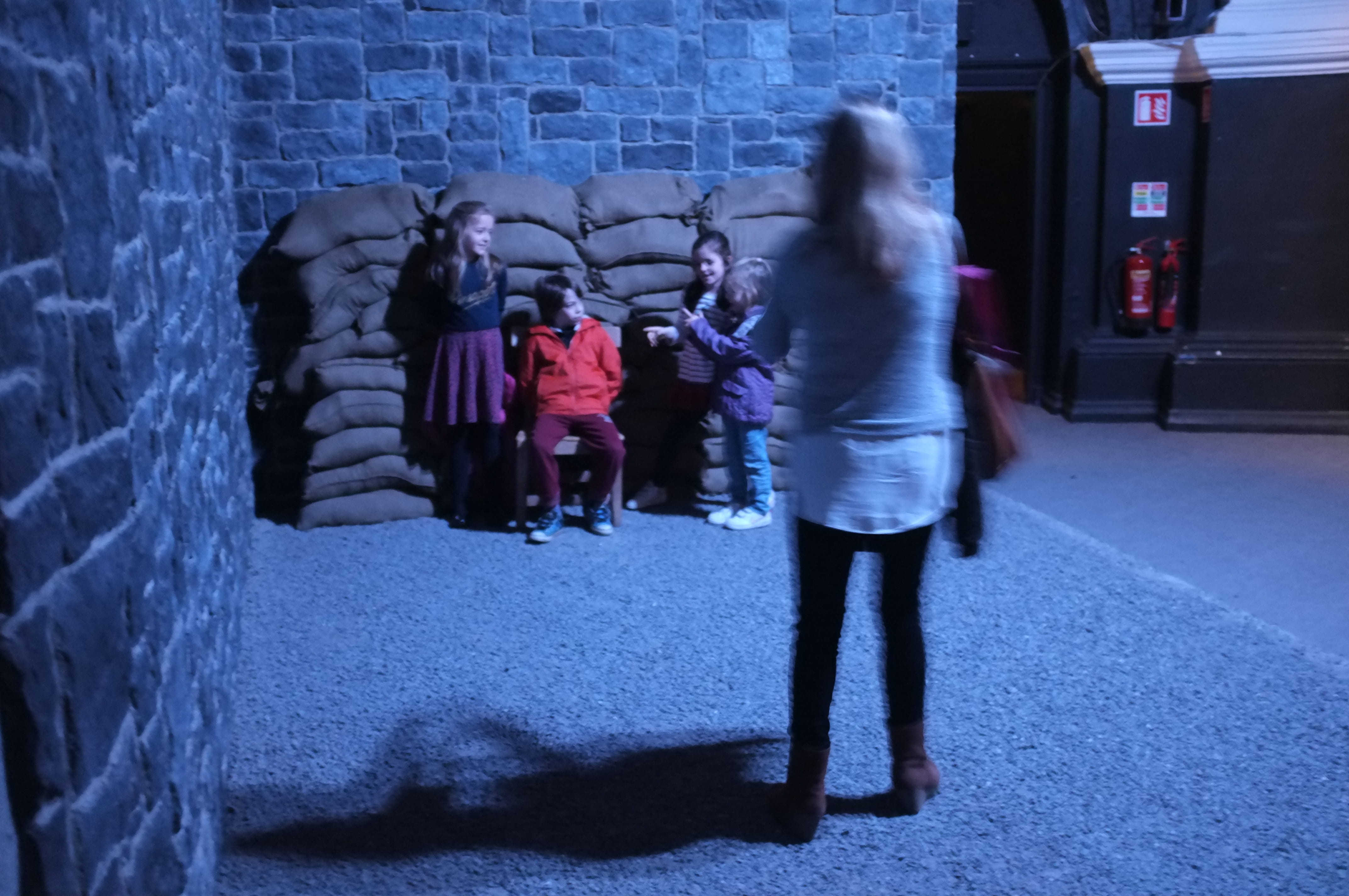By guest contributor Dr. Dina Gusejnova
This is the third and final installment of “The state, and revolution,” following the introduction and “Part I: The Revolution Reshuffled.”
The new age needed only the hide of the revolution—and this was being flayed off people who were still alive. Those who then slipped into it spoke the language of the Revolution and mimicked its gestures, but their brains, lungs, livers and eyes were utterly different.
—Vasily Grossman, Life and Fate (1960), trans. Robert Chandler (2006)
Scholarly interpretations of modern revolutions used to revolve around the idea of the state as the main structure for understanding them—mostly in national, sometimes in comparative, perspective. Since the last decade of the Cold War, however, many of the revolutions, which used to be known as English, French, American, Chinese, Irish, Russian, or Cuban, have been gradually placed in a different kind of order: like Grossman’s words, they began to enter into dialogue with other post-revolutionary legacies, aligned on an imperial meridian, put on a global scale, or, on the contrary, shrunk to the space of a single house. While some of the national labels have disappeared behind inverted commas, the very idea of ‘revolution’ has recently been replaced by a new interest in civil wars and the ‘roads not taken’. Peace itself is increasingly seen as a postwar pretext for new disputes over sovereignty, and the hybrid realities of paramilitary violence are being examined in terms of their effects on mass migration. This kind of revisionism is no longer just a reaction to the supposed end of history, but arguably, the beginning of a new response to the issues we are all facing in the present.
In contrast to this academic trend, most public responses to the latest centenaries are still wrapped in national flags, or at least, in national kinds of silences. In March 2016, I was briefly in Dublin, just before the centenary of the Easter Rising. A minimal common narrative of events appeared to have emerged, as the city was preparing for a large crowd, many of them from abroad.

A stack of books on 1916, Dublin Airport (photo by Dina Gusejnova)

Poster announcing the parade (photo by Dina Gusejnova)
Some public history projects even revived the language of revolution to establish a connection between the events of Easter 1916, modern Irish sovereignty, and other world events. In Parnell Square, a uniformed “Patrick Pearse” read aloud the 1916 Proclamation every day at midday.
In 1916, one of the buildings in Parnell Square, the Ambassador Theatre, had served as the backdrop to a famous photo marking the defeat of the Rising by the British, who posed with an inverted Irish flag, which they had captured from the Citizen Army. In 2016, an exhibition by Sinn Féin used the building to show some original objects from the revolution, and a reconstruction of Kilmainham Gaol, where the sixteen men of the Rising had been executed.

The Ambassador Theatre at Parnell Square (photo by Dina Gusejnova)
Visitors were encouraged to take selfies and portraits while listening to recordings of their last words, and it was particularly striking to see a mother doing a photo-shoot of her children in front of the sandbags.

Photo by Dina Gusejnova
[wpvideo 2gkif336]
What a contrast to Russia where, in April 2017, nobody was reading the April Theses aloud, neither in St. Petersburg nor in Moscow. Granted, Moscow’s Red Square was certainly not as central to the revolution as Petrograd’s Palace Square had been, but it was, still, an important site of revolutionary action in November and December of 1917. Since the Bolsheviks had transferred the capital here, channeling the older, Muscovite center of Russian power, it remained the symbol of Soviet and now post-Soviet claims to global influence. Yet the one set of events that epitomizes this universal aspiration does not suit current plans. Instead, as always at the end of April, preparations were in full swing for the celebrations of an anniversary that the government felt more comfortable with: the Victory of 1945. In April 2017, the public square was therefore routinely closed to the public.
One of the visitors to the Square that month was Richard Bourke, professor of the history of political thought and co-director of the Centre for the Study of the History of Political Thought at Queen Mary University of London. He had travelled to Moscow to attend a conference at the Higher School of Economics. Bourke’s recent intellectual biography of Edmund Burke places Burke’s responses to the revolutions of his age in an imperial, transatlantic, and party political context, disentangling Burke from his later image as a rhetorician of reaction. With Ian McBride, Bourke has recently also co-edited the Princeton History of Modern Ireland, and, with Quentin Skinner, Popular Sovereignty in Historical Perspective. I could not miss this occasion, therefore, to ask a few questions about the contrasting revolutionary legacies in Ireland and Russia, as they engage with the burden of anniversaries of 1916 and 1917.
Standing by the walls of the Kremlin, near a plaque marking the place where the eighteenth-century author Alexander Radishchev had been held prisoner before being deported to Siberia, offered a compelling setting for the discussion. The view of one-way traffic beneath the Kremlin towers, and a reference to W.B. Yeats, concludes these reflections on the politics and ethics of commemorations.
[wpvideo 5OI2R0EL]
Video by Kseniya Babushkina
“Well, that is disappointing. This is my first visit, but when I arrive, it transpires that the Square is closed to the public.
Revolution as a foundation for political legitimacy—prudentially, that has to be discarded in Russia, surely; I can’t imagine the current government wanting to embrace it. Secondly, and equally challenging, there is the communist legacy itself: the attitude to capitalism and private property. Since attitudes to the original ideology have been so utterly transformed, what is there for the establishment today to take ownership of?
For its part, Ireland is full of commemorations. So, in this case, historians tend to greet such festivities as an irresistible opportunity to publicize their views, and to generate putatively deep, manifestly more penetrating analyses than politicians can muster… whereas I think that risks ending up with a confusion of roles.
Before the Good Friday Agreement—before, that is, the current settlement of the Irish problem—commemoration had the power to rock the state. It was, in other words, a very serious thing. So, the peaceable passing of 2016 in Ireland is, from a political point of view, entirely gratifying.
The political utility of 1917—one can’t see that quite so readily at all. Hence, presumably, the reluctance to celebrate.
I see commemorations as essentially pieces of political theatre. I don’t regard directing them as the business of the historian. Presumably, in the Russian case now, a shared narrative is far more difficult to achieve by comparison with Ireland. There is a will to disavow the revolutionary legacy without that having ever been overtly articulated. On the other hand, in the recent Irish case, the Southern Irish state’s commitment to abjuring certain versions of the 1916 legacy during the thirty years of the Troubles [1968–1998] had already passed, and consequently the need for revolutionary disavowal had (as it were) already been “worked through” the polity by 2016.
With Ireland, you have to remember, in 1966—and that was just two years before the ‘reinauguration’ of the Troubles in 1968—and then over the next thirty years, the Southern state had to disown much of the legacy of 1916 for the next three decades. So, with the end of the Troubles, as a result, a certain distance between the Southern Irish state and the history of its own militancy was possible. Also, generally speaking, a mood of collaboration around a possible shared narrative emerged. There was a commitment all round to manufacturing—because these are essentially manufactured stories—to manufacturing a liberal, cosmopolitan vision: excavating the diverse roles of peoples in 1916; children in 1916; women in 1916—so a diversified picture, by comparison with the original “16 Dead Men” narrative. It was a sort of attempt to bring all parties on board: the British state could have a role, because they’d accepted all that now; Irish republicans could have a role; we could pretend that Northern Irish Protestants might have a role; we could pretend that we can fully acknowledge that the First World War at the time was a far bigger event in Irish history than 1916 had been—certainly, considerably larger numbers died. In effect, there was a mood of opening up to these diverse possibilities. Actually, it was quite a constrained vision, to be honest. But nonetheless, the self-congratulatory story was that tremendous “openness” was prospering, then and now. Having said that—having just put it critically—I was there in Ireland at the time for the centenary celebrations, and in truth I don’t think it was at all badly done. There was no inappropriate pomp: I went with my children, and it was perfectly inoffensive to be there. I am no purist: states habitually resort to such rites of passage, and it’s just a matter of coming up with productive versions of the fanfare—a conducive version of it.
There is one poem, just a single poem, which has had as large an influence on the interpretation of the events of 1916 on subsequent historiography as any other document or text—and that is, of course, W. B. Yeats’ poem of that title: ‘Easter 1916’. Many, many historical studies of the period invoke its version of what transpired. The final stanza poses a rhetorical question: Was it needless death after all? So, the poem has a provocative question at its very heart. And, in a way, that has the effect of casting doubt on the whole enterprise: it seems it was needless death, a vain exercise! That’s another way of asking: Was this whole undertaking without any positive justification? But then there’s a gear change in the poem, which amounts to proclaiming that, given the fact that a ‘terrible beauty’ has indeed been born, the national poet has no choice but to lay claim to the legacy of this martyrdom, and that’s what the author proceeds to do in the poem.
I am currently working on a book, which is on the relationship between the philosophy of history, on the one hand—that is to say, fundamental views about what drives the historical process, and its direction of travel—and, on the other hand, the effect of one’s philosophical commitment to a given vision of the kind upon one’s investment in particular historical narratives. So, basically, I am concerned with conceptions of progress, specifically the notion that history is progressing—a perspective that emerged in the eighteenth century as a basic, almost a priori assumption about historical development. I am interested in the connection between that assumption and the impulse to read events themselves as progressive or retrogressive. That amounts, in turn, to an interest in the very idea of being “on the right side of history” in the familiar sense—of deeming oneself to be making the right moral choices because these choices coincide with the overarching directionality of history. It is fascinating to reflect on how this mode of thinking about our world first emerged, and now frames our approach to the past and the future.
Despite the long shadow cast by the philosophy of history, practicing historians ought to think more multi-perspectivally about the past, and therefore in less partisan and party-driven ways. I think that’s an honorable vocation for historians, though it’s not always the one they choose.”
Dina Gusejnova is Lecturer in Modern History at the University of Sheffield. She is the author of European Elites and Ideas of Empire, 1917-57 (Cambridge University Press, 2016) and the editor of Cosmopolitanism in Conflict: Imperial Encounters from the Seven Years’ War to the Cold War (Palgrave Macmillan, forthcoming later in 2017).



Leave a Reply